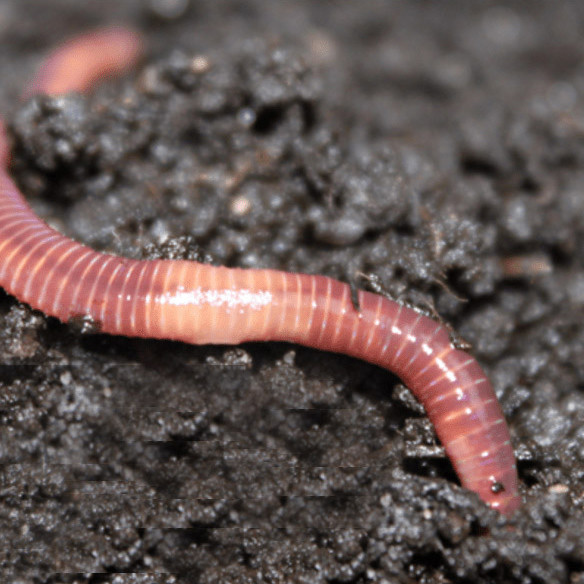Garden-helper red wigglers: Best methods to keep them
Garden-helper red wigglers: Best methods to keep them
Blog Article
Using Red Wigglers for Effective Organic Garbage Disposal
These worms not only enhance waste decay however additionally generate important worm spreadings, which can substantially enhance dirt health and wellness. Recognizing the subtleties of establishing up an effective worm bin and preserving an optimal environment is important for optimizing their advantages.
Benefits of Utilizing Red Wigglers
Among one of the most engaging benefits of using red wigglers for organic garbage disposal is their amazing efficiency in composting. These worms, scientifically referred to as Eisenia fetida, are particularly adapted for damaging down organic products, enabling them to process waste as much as two times their body weight every day. This rapid decay not just speeds up the composting procedure but also produces nutrient-rich worm castings that substantially enhance soil quality.
Additionally, red wigglers add to a decrease in land fill waste. By diverting natural products from garbage dumps, they assist minimize methane emissions-- a powerful greenhouse gas. This ecological benefit is essential in the fight versus environment modification.
Additionally, red wigglers are low-maintenance and can flourish in numerous settings, making them obtainable for both newbie and knowledgeable composters. Their capability to reproduce quickly makes certain a steady population, promoting continuous waste processing.
Establishing Your Worm Container
Producing an efficient worm bin is crucial for optimizing the benefits of composting with red wigglers. Make sure the bin has appropriate drain openings to prevent excess wetness, as red wigglers thrive in a moist yet not soggy atmosphere.
(Lake Hickory Worms,)Following, prepare the bedding material, which serves as the worms' habitat and food resource. The container ought to be placed in a dark, temperature-controlled location, preferably between 55 ° F and 77 ° F, to maintain worm task.
Once the container is set up, present the red wigglers, allowing them to accommodate to their new setting. A well-kept container will certainly not just support the wellness of the worms however additionally help with reliable decomposition of natural waste.
(Charlotte Worm Farms)
What to Feed Red Wigglers
An understanding of the appropriate diet for red wigglers is vital for maintaining a healthy worm population and optimizing composting efficiency. Red wigglers flourish on a diverse diet that primarily consists of natural products. Suitable food sources include vegetable scraps, fruit peels, coffee grounds, eggshells, and shredded paper. These things not just supply necessary nutrients however likewise contribute to the moisture balance within the worm container.
It is important to stay clear of certain foods that can damage the worm populace. Red wigglers need to not be fed meat, milk products, oily foods, or refined products, as these can draw in pests and develop undesirable odors. red wigglers. Additionally, citrus fruits and zesty foods need to be lessened, as their acidity can be detrimental to worms
Keeping an eye on the worm bin for food usage prices will certainly aid make sure that red wigglers are getting a sufficient diet regimen while maintaining a reliable composting environment. Appropriate feeding methods are important for promoting a growing community within the worm container.
Preserving Your Worm Environment
A properly maintained worm environment is crucial for the wellness and performance of red wigglers. To make certain optimum problems, it is critical to monitor temperature, moisture, and oygenation within the worm container (red wigglers).
Wetness levels ought to be kept consistent; the bedding should perspire yet not soaked. A great guideline is to preserve moisture at about 70% to 80%. If the bedding becomes also damp, it can cause anaerobic conditions that are harmful to the worms. Including completely dry carbon-rich materials, such as shredded paper or cardboard, can assist absorb excess dampness.

Utilizing Worm Castings in Gardening
Rich in nutrients and helpful microbes, worm spreadings offer as an outstanding natural plant food for horticulture. Created via the digestive processes of red wigglers, these castings contain an array of important nutrients, including nitrogen, phosphorus, and potassium, which promote robust plant growth. Unlike synthetic fertilizers, worm castings offer a slow-release mechanism, ensuring that nutrients are available to plants over an extensive duration, therefore lowering the threat of nutrient leaching and dirt exhaustion.
Along with vitamins and mineral material, worm castings boost dirt framework and aeration, enhancing moisture retention and water drainage. The microbial life existing in worm castings assists to suppress virus and promotes a healthy and balanced soil community, further profiting plant health. When included into the dirt or used as a leading dressing, worm spreadings can considerably enhance seed germination rates, origin advancement, and total plant vigor.
For optimum results, garden enthusiasts should apply worm spreadings at a price of 1-2 inches per square foot, mixing them right into the soil or integrating them right into potting mixes. Generally, utilizing worm spreadings is an environment-friendly approach to enhancing dirt fertility and guaranteeing growing garden environments.
Verdict

Report this page